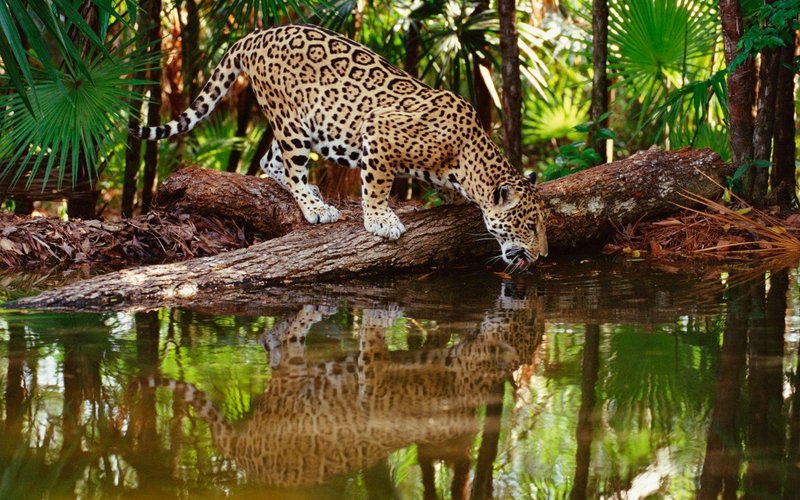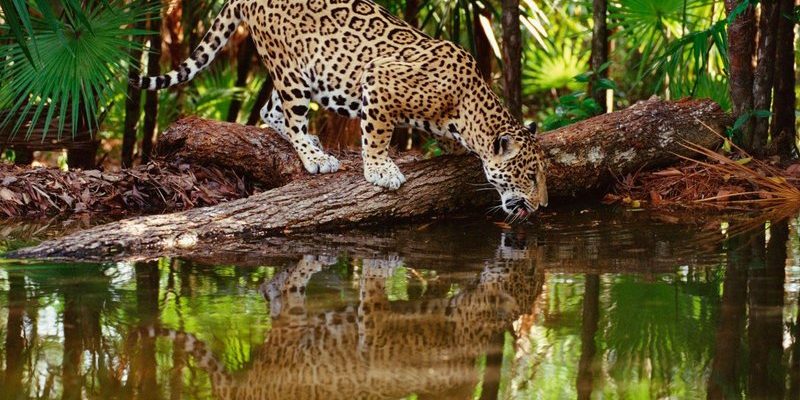
Imagine a woodland creature, perhaps a deer or a fox, feeling under the weather. Just like how you might feel sluggish after a flu, these animals can struggle with fatigue and even mobility issues. Wolf worms are actually larvae of certain fly species that infest their skin or other organs, creating headaches for their hosts. Recovery is no small feat, but understanding the process can shed light on the resilience of nature’s creatures and how they manage to restore their health.
What Are Wolf Worms and How Do They Affect Animals?
Wolf worms, also referred to as **cuterebrae**, are the larval stage of the botfly, which lays its eggs near animal burrows or nesting sites. When these larvae hatch, they can enter the bodies of animals, often through the skin. This entry point resembles a surprising doorbell when you least expect it—one that can lead to a lot of discomfort.
Once inside, these larvae can grow and cause inflammation or infections, leading to various symptoms that might include lethargy, swelling, or even severe pain. Imagine the feeling of having an unwelcome guest making a mess in your cozy living room; that’s what these larvae do inside their host. Animal recovery from wolf worm exposure can be a gradual process, often requiring both medical intervention and a safe environment.
Though wolf worms primarily target mammals, their impact varies by species. For larger animals, like deer or coyotes, the effects might be less life-threatening but can still hinder their ability to forage or escape predators. **Small mammals** like rabbits or squirrels, on the other hand, may face more severe consequences due to their size and vitality requirements.
Signs of Wolf Worm Infestation
Recognizing the signs of wolf worm infestation is crucial for timely recovery efforts. Symptoms can vary, but some common indicators include:
- Swelling or lesions on the skin, often where the larvae are located.
- Behavioral changes, like lethargy or increased hiding.
- Loss of appetite and subsequent weight loss.
- Respiratory issues, if the larvae affect internal organs.
Think of it like when you’re not feeling quite yourself; maybe you’re a bit more irritable or just want to curl up on the couch. Animals behave similarly when they’re unwell. They may avoid socializing or retreat to their dens to cope.
If you spot any of these symptoms in wild animals, it’s essential to contact a wildlife rehabilitation center. These professionals know how to guide the animals back on the path to recovery, just like a coach helping an athlete get back in the game after an injury.
How Do Wild Animals Recover from Wolf Worm Infestation?
Recovery from wolf worm exposure involves several steps, much like plotting a roadmap for a journey. First, the animal must be diagnosed to confirm the presence of the larvae. Wildlife veterinarians usually conduct thorough examinations and might even perform imaging tests to see how deep the infestation goes.
Once identified, the treatment can involve:
- Removing the larvae from the affected area, which can significantly relieve discomfort.
- Administering antibiotics to prevent or treat secondary infections that can occur due to skin damage or inflammation.
- Hydration and nutrition support to help regain strength.
Here’s the thing: just like you’d nurse a sick friend back to health with soup and comfort, wildlife rehabilitators provide the care and support needed for these animals to recover fully. It’s all about giving them the best chance to return to their natural lives.
The Importance of a Safe Recovery Environment
Once the immediate medical needs are addressed, creating a suitable recovery environment is key. Wildlife rehabbers often use quiet, stress-free spaces for healing. Imagine trying to recover from a cold in a noisy, chaotic place; it would be tough on your body, right?
For wild animals, a calm environment allows them to rest and regain strength without the additional stress of predators or other threats. This often includes proper shelter, access to food, and a chance for them to socialize with other animals when possible. Just like us, animals benefit from supportive communities, even if it’s just the company of their fellow critters.
Furthermore, rehabilitation centers may provide gentle exercise to encourage muscle strength and mobility recovery. This is similar to how a physical therapist might guide a person to regain movement after an injury.
Preventing Future Wolf Worm Infestations
Once an animal has recovered, the focus should also shift to preventing future infestations. While it’s not foolproof, certain steps can help minimize risks. Here are a few strategies:
- Monitoring habitats for potential fly breeding areas, such as burrows.
- Maintaining healthy populations of prey and predator species, which helps balance the ecosystem.
- Educating locals about wolf worms and encouraging reporting of unusual animal behavior.
In nature, balance is critical. By understanding the life cycles of these flies and their hosts, communities can play a role in reducing the chances of infestation, which ultimately supports the health of local wildlife.
The Role of Wildlife Rehabilitation Centers
Wildlife rehabilitation centers play a vital role in helping affected animals recover. These organizations are like hospitals for wild creatures, providing the medical care they need while also educating the public about wildlife issues.
Rehabilitators often work long hours, caring for injured or sick animals. They understand the delicate nature of recovery and how each animal’s experience is unique. By sharing their knowledge, they encourage people to respect and protect wildlife and their habitats.
Volunteering or donating to these centers is one way individuals can get involved. Just think about it: your support could help save a life, bringing a wounded animal back into the vibrant dance of nature.
The journey of wild animals recovering from wolf worm exposure is a testament to their resilience and the critical support provided by wildlife rehabilitation efforts. It’s a challenging path, but with proper care, these animals can bounce back and continue their role in the ecosystem. Just like how we rally together to help our communities in times of need, nature has its own way of healing and thriving, reminding us all of the importance of empathy, conservation, and the interconnectedness of life.
So, the next time you spot a wild animal, remember the unseen battles they may face and the strength it takes to recover. It’s a beautiful reminder of how life, in all its forms, continues to push forward.

